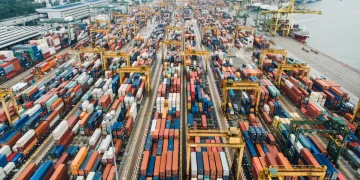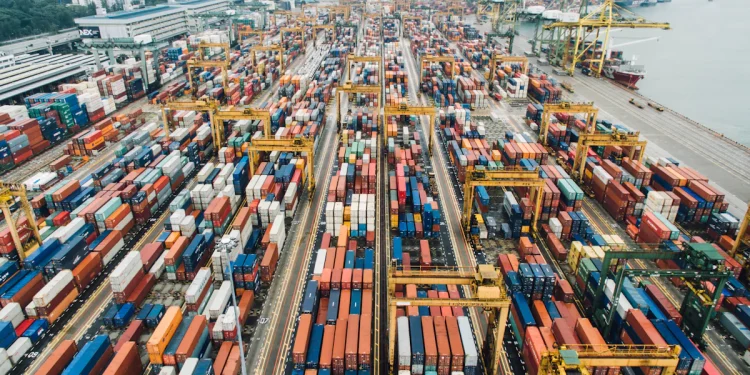April 8, 2025
Mexico is fast emerging as one of the most dynamic logistics hubs in the Western Hemisphere. According to recent market research, the country’s logistics sector is projected to grow from USD 86.9 billion in 2024 to a remarkable USD 141.8 billion by 2033, recording a compound annual growth rate (CAGR) of 5.17%.
This growth trajectory reflects the nation’s dual commitment to modernizing infrastructure and embracing cutting-edge digital technologies. From supply chain automation to eco-friendly delivery methods, the Mexican logistics industry is undergoing a transformation that aligns with global trends and local demand.
Tech-Driven Efficiency and the Rise of Smart Logistics
At the core of this evolution is digital transformation. Logistics providers in Mexico are rapidly adopting technologies such as artificial intelligence (AI), real-time tracking, and Internet of Things (IoT) solutions to enhance operational transparency, reduce costs, and streamline complex supply chains.
“Smart logistics is no longer a vision—it’s the reality in Mexico’s leading trade corridors,” said a logistics executive based in Monterrey. “Companies that digitize faster are capturing more market share.”
The E-Commerce Catalyst
Mexico’s booming e-commerce sector is a powerful growth driver. Online retail sales continue to climb, and with them, consumer expectations for faster and more reliable delivery. To meet this demand, logistics companies are investing in automation, robotics, and scalable last-mile delivery networks.
Fulfillment centers, urban warehouses, and automated distribution systems are now common in metropolitan hubs like Mexico City and Guadalajara, allowing companies to reduce delivery times significantly.
Infrastructure: Bridging Gaps and Unlocking New Routes
Investment in transportation infrastructure—led by both public and private sectors—is reshaping Mexico’s connectivity landscape. The modernization of ports, highways, airports, and rail systems is facilitating the seamless movement of goods across national and international borders.
Projects like the Trans-Isthmus Corridor and the expansion of the Port of Veracruz are not only enhancing internal connectivity but also positioning Mexico as a strategic logistics gateway to North and South America.
Sustainability Gains Momentum
In tandem with digitalization, sustainability is rising to the forefront. Logistics providers are integrating electric vehicles, investing in energy-efficient warehouses, and implementing green packaging standards to reduce their environmental footprint.
“As more global brands demand eco-friendly supply chains, Mexican logistics companies are adapting,” noted a senior analyst from IMARC Group. “It’s a shift from compliance to competitive advantage.”
Multimodal Integration and Sectoral Demand
The integration of road, rail, sea, and air transport is being optimized to reduce delivery times and costs. This multimodal approach is proving especially valuable across sectors like automotive, healthcare, retail, construction, and oil and gas.
Third-party logistics (3PL) remains the dominant model, though fourth-party logistics (4PL) providers are increasingly offering holistic, end-to-end solutions—particularly for large manufacturers and multinational retailers.
Looking Ahead: Mexico as a Regional Powerhouse
With a growing base of tech-savvy consumers, competitive labor costs, geographic proximity to major markets, and proactive government policies, Mexico is uniquely positioned to become a regional logistics powerhouse.
For logistics firms willing to invest in innovation, automation, and sustainability, Mexico represents not just a promising market—but a launchpad for hemispheric growth.
Follow Eva Richardson and The Logistic News for in-depth coverage of logistics innovation across Latin America and beyond.























